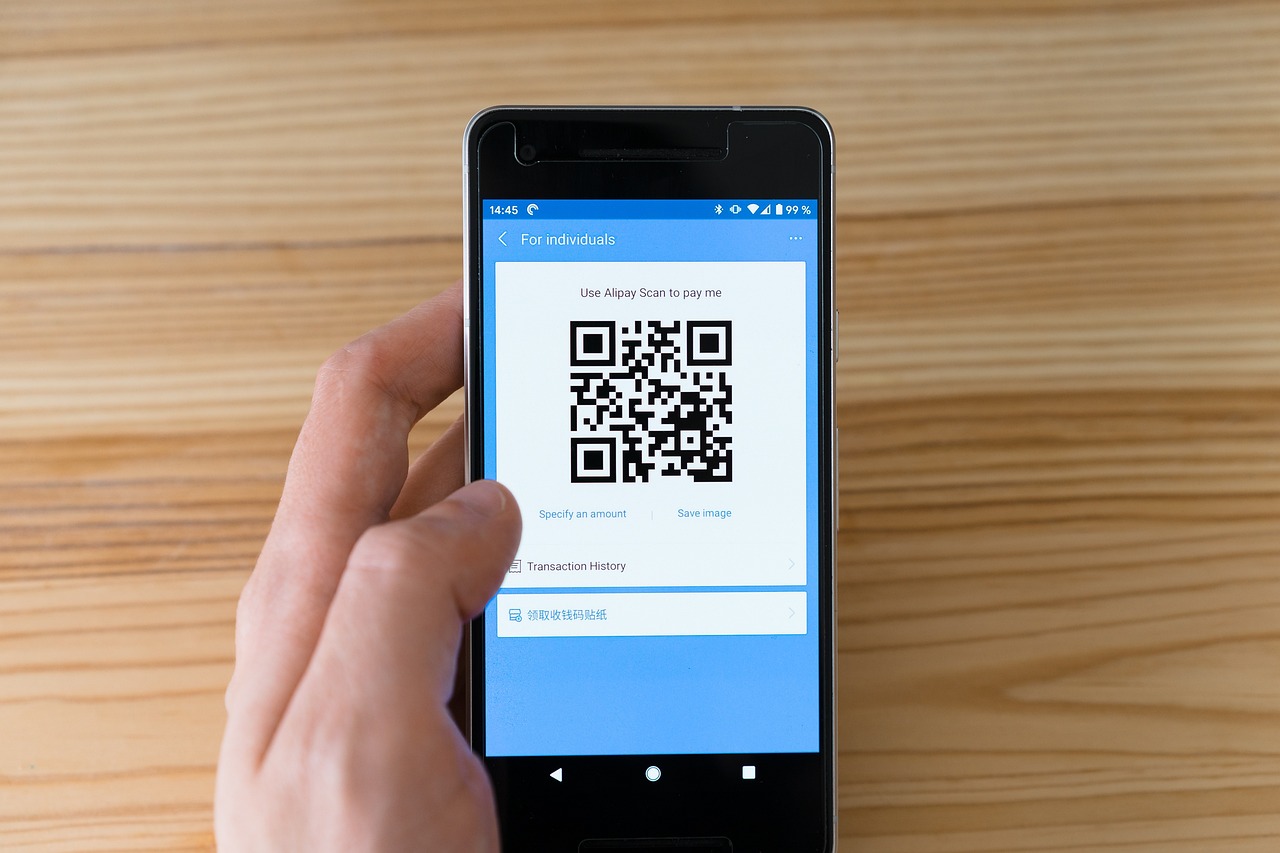In recent years, digital payment systems like Unified Payments Interface (UPI) have grown significantly in India, offering convenience and ease of transactions. However, along with this rise in usage comes the risk of fraud. Understanding the various types of UPI fraud is essential to safeguard your hard-earned money.
What is UPI?
Unified Payments Interface (UPI) is a real-time payment system. UPI has been developed and distributed by the National Payments Corporation of India (NPCI). It allows users to quickly transfer money from one bank account to another just by using a mobile phone.
Types of UPI Fraud
| 1. Phishing Attacks: Phishing is a common type of cybercrime where fraudsters attempt to trick individuals into giving them sensitive information such as passwords, bank account details, or OTPs (One-Time Passwords). In the context of UPI, phishing attacks may involve fake websites, emails, or messages designed to mimic legitimate banking platforms. Unsuspecting users may unknowingly provide their UPI credentials to fraudsters, leading to unauthorized transactions. |
| 2. QR Code Scams: QR code scams involve using fraudulent QR codes to deceive users into paying the wrong recipient. Fraudsters may replace legitimate QR codes with their own codes, redirecting payments to their accounts instead of the intended recipient. It's essential to verify the authenticity of QR codes before you scan them to avoid falling victim to such scams. |
| 3. Fraudulent Apps: Fraudulent mobile applications designed to mimic genuine UPI apps pose a significant threat to users. These apps may appear legitimate at first glance but are actually created by fraudsters to steal sensitive information or initiate unauthorized transactions. It's crucial to download UPI apps only from official places -- such as the Google Play Store or Apple App Store. Furhter, you should carefully review app permissions before installation. |
| 4. SIM Swap Fraud: SIM swap fraud involves fraudsters convincing mobile network operators to transfer your mobile number to a new SIM card which is under their control. Once they gain control of the victim's phone number, they can intercept OTPs sent by banks for UPI transactions, enabling them to conduct unauthorized transactions. |
| 5. Social Engineering: Social engineering tactics involve manipulating people into revealing confidential personal information or performing actions compromising security. Fraudsters may use impersonation, pretexting, or intimidation tactics to trick users into sharing UPI credentials or OTPs. |
Protecting Yourself from UPI Fraud
| 1. Be Vigilant: Stay alert and cautious while conducting UPI transactions. Be alert when you get unsolicited calls, messages, or emails requesting sensitive information. |
| 2. Use Official Apps: Download UPI apps only from trusted or known sources such as the Google Play Store or Apple App Store. Avoid installing apps from third-party sources to minimize the risk of downloading fraudulent applications. |
| 3. Verify QR Codes: Before scanning any QR code to make payments, ensure it belongs to the intended recipient. Avoid scanning QR codes from unknown or suspicious sources. |
| 4. Secure Your Device: Keep your mobile device secure by installing reliable antivirus software, enabling screen lock features, and regularly updating your device's operating system and apps. |
| 5. Enable Two-Factor Authentication (2FA): Opt for two-factor authentication wherever possible. This adds extra security to your UPI transactions. This may involve using biometric authentication or receiving OTPs via SMS or email. |








